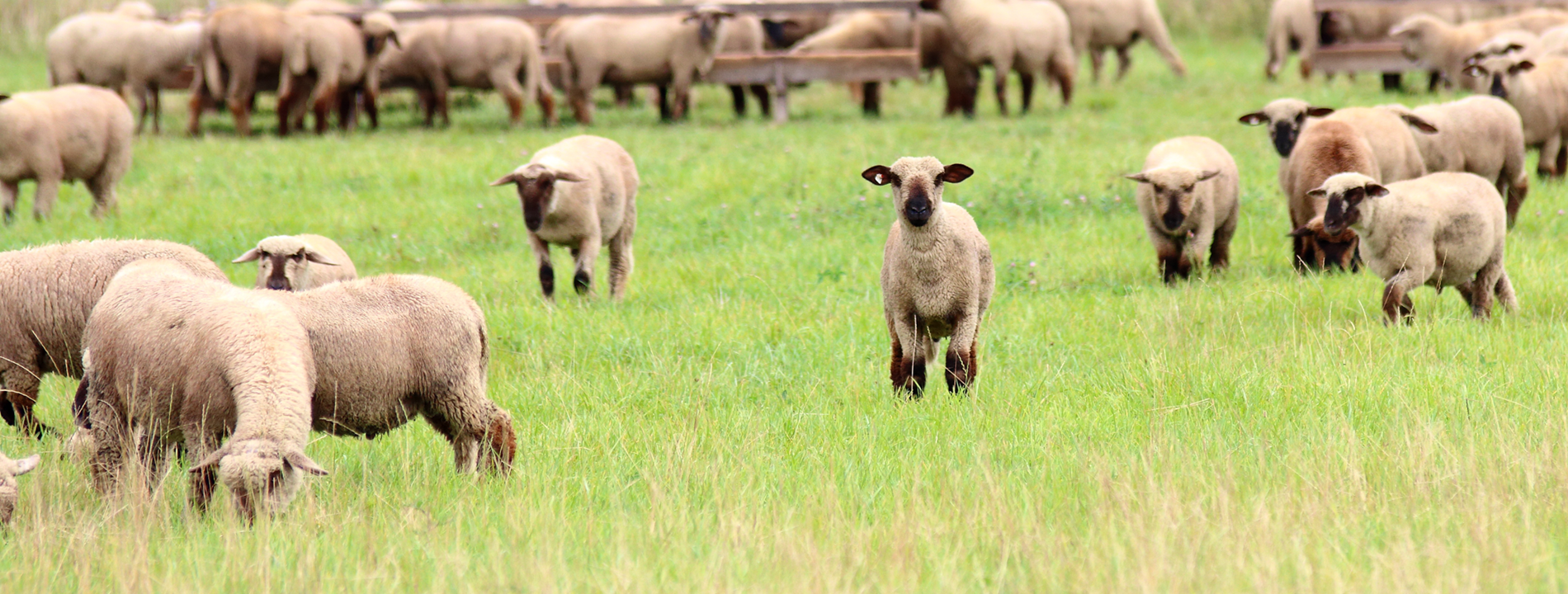Policy Brief
1. KEY MESSAGES
If Bluetongue were introduced to England by wind-borne movements of midges from continental Europe then it is unlikely that the disease could be introduced to Scotland by animal movements prior to the detection of disease in England.
The counties that are at greatest risk of the introduction of bluetongue through windborne incursions of midges from the continent (according to Met Office modelling data) do not move many animals to Scotland. Thus the indirect occult introduction of bluetongue to Scotland through moving subclinically infected animals is a low risk. Once the clinical disease is detected movement restrictions should prevent these movements.
To evaluate the likelihood of a specific route of introduction of bluetongue to Scotland. This is because infected midges carried by suitable winds will infect animals in the counties where they arrive. Undetected infected animals will then bring infection to Scotland.
As a viable route for the introduction of bluetongue to Scotland, these analyses tell us that there are no counties that require particular attention or special measures.
The model uses Met Office NAME atmospheric modelling results which model weather conditions to assess the suitability of winds for carrying midges to the UK. The NAME model uses release points in continental Europe and models the arrival counties in England (no arrival counties in Wales or Scotland were identified and we excluded arrival sites in the Channel Islands). By aggregating these results from the vector active seasons of 2019, 2020 and up to August 2021 we are able to identify the counties that receive the greatest number of potential midge introductions. Alongside this, we extracted from AMLS and CTS the number of sheep and cattle movements from these counties to Scotland (with movements through markets spliced out (as if it were a single movement).
An important assumption is that we are assuming that disease would be detected in England before widespread local transmission occurs. If local transmission were to spread the disease beyond the introduction counties without detection then this would not be covered by these results.
The work could be refined to exclude areas of these counties that are inland and therefore unlikely to be the site of the arrival of midges.
Figure 1: Bar graph of the number of cattle movements and the number of potential midge incursions into each county (turquoise) and a number of cattle (top) and seep (bottom) that are moved to Scotland (red bars) from each county.

